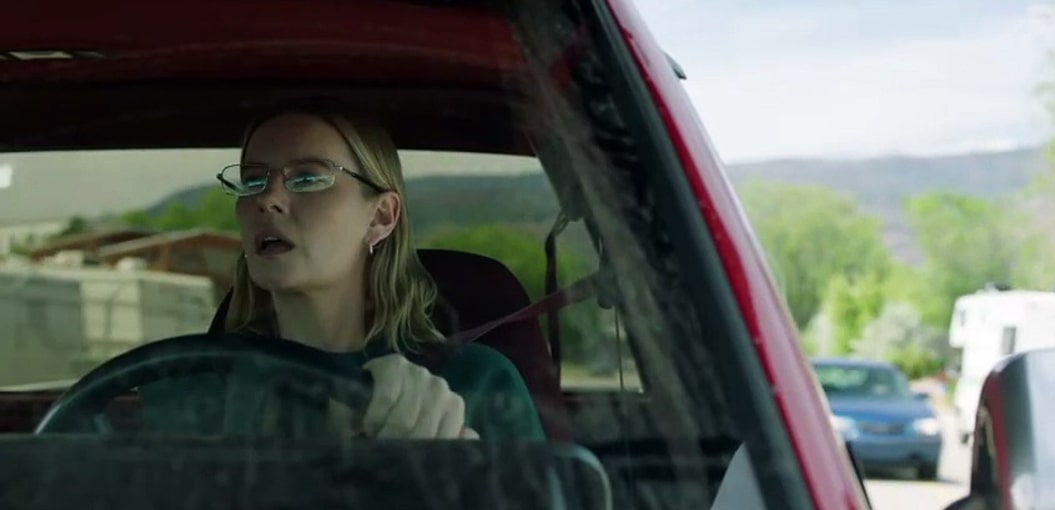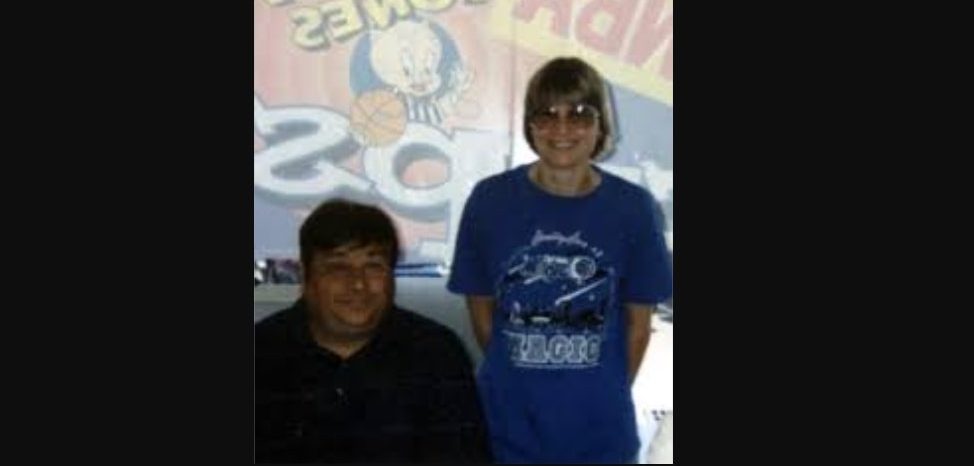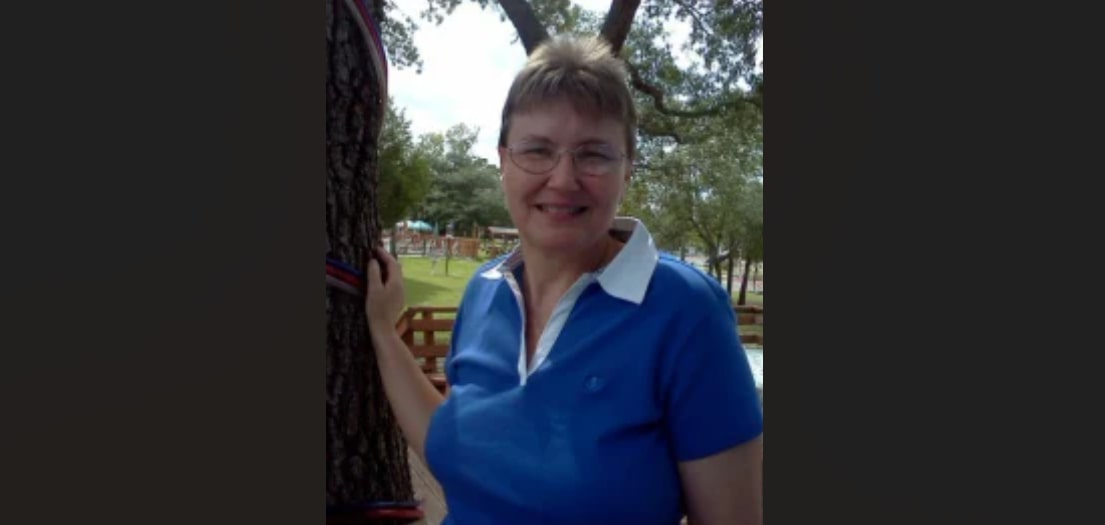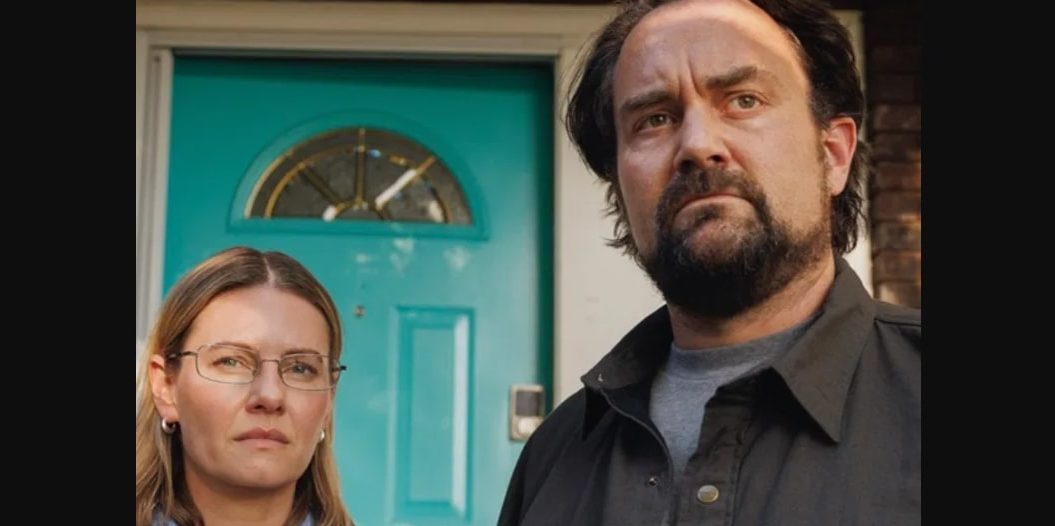Lifetime’s ‘Monster in the Family: The Stacey Kananen Story’ opens by exploring Stacey Kananen’s troubled childhood. Growing up with her parents and two siblings, her life has been far from ordinary, as it was marked by extreme abuse from her father that tormented the entire family. One day, her father suddenly goes missing, and feeling relieved, Stacey moves on with her life. She finds a job, a loving partner, and shares her home with her brother. Fifteen years later, her mother mysteriously disappears as well. That’s when her brother confesses to killing both parents, and while incarcerated, he claims that Stacey was the real murderer and should face justice. Directed by Jessica Harmon, the film explores the life of a woman who is forced to confront her painful past and open up about things she has suppressed for years.
Monster in the Family is Based on a True Story of a Girl’s Life in Orlando
‘Monster in the Family: The Stacey Kananen Story’ examines the devastating cycle of family abuse and how trauma can twist bonds of love into betrayal. It showcases the psychological toll of growing up in a state of fear, where silence becomes a form of survival and trust fractures under pressure. This story isn’t fiction, and it’s rooted in the real life of Stacey Kananen, whose experiences inspired the screenplay written by Jill E. Blotevogel. Drawing from Stacey’s own memoir, ‘Fear of Our Father: The True Story of Abuse, Murder, and Family Ties,’ co-authored with Lisa Bonnice, the film offers a reflection on pain, endurance, and the human capacity to confront truths.

Stacey’s childhood was marked by relentless cruelty. In later interviews, she described her father, Richard Kananen Sr., as a “monster.” She, along with her siblings, Richard “Rick” Jr. and Cheryl, and their mother, Marilyn, allegedly endured years of abuse at his hands. Stacey recounted an incident in which her father allegedly locked the children inside a house and set it on fire, with Rick ultimately saving their lives. The family frequently moved between states, such as California, Maine, Minnesota, and Arkansas, which Stacey believed was to keep them isolated. By 1978, they had settled in Orlando, Florida, but the alleged abuse continued. September 10, 1988, was the last time Stacey ever saw her father.
Stacey said that her entire family felt immense relief after her father disappeared and no one reported him missing. She herself hoped he would never return. She built a new life with her partner, Susan Cowan, in Orlando, where she worked in food services at Walt Disney World. Wanting to leave her painful past behind, she focused on everyday life and avoided revisiting old wounds. Stacey and Susan eventually settled in a home near her mother’s, with her sister Cheryl living close by as well. In 2003, when her brother Rick began struggling, Stacey opened her doors and welcomed him into her home.
Stacey Kananen Went to Trial When Her Brother Accused Her of Killing Their Parents
On September 10, 2003, Stacey’s mother suddenly went missing, leaving her without any answers. The police were notified and began investigating those closest to the family. When Cheryl’s son revealed that his uncle, Rick, had confessed to killing both his parents, authorities called in both Rick and Stacey for questioning. Later that December, on their way back from the police station, Rick told Stacey that he had killed their parents. He said that their father’s remains were buried beneath their mother’s garage, and their mother’s were in Stacey’s backyard. Shocked and numb, Stacey said Rick allegedly convinced her that since the remains were on her property, she was in trouble too and they should kill themselves. Stacey wrote a note exonerating Susan, adding, “Rick and I knew it was over for us. We had a part in Mother’s Leaving.”

Stacey and Rick went to a storage shed, turned on the car’s exhaust, and attempted to end their lives. However, a police officer who had been following them intervened and saved them. Rick soon confessed to both killings and was arrested. When the remains were recovered, investigators found that Richard Sr. had been shot, his body stored in a freezer before being buried, while Marilyn had been tasered, suffocated, and also frozen prior to burial. Authorities later claimed Marilyn had known about her husband’s death and continued to collect his Social Security benefits. Rick eventually pleaded no contest to killing their parents and received a 30-year sentence. While incarcerated, he accused Stacey of being the real murderer.
Rick alleged that Stacey had shot their father while he was in bed and later allegedly killed their mother to obtain the $250,000 inheritance Marilyn had supposedly received after her husband’s death. He further alleged that their mother had threatened to go to the police with information about their father’s death, prompting Stacey and him to act. By then, Stacey and Susan had relocated to the Gulf Coast Resort in Hudson, New York. On May 9, 2007, she was arrested for the death of her parents, and the case quickly drew widespread media attention and sensational coverage. Her trial began in March 2010, focused solely on her mother’s death, as the charges related to her father’s case were dismissed. After extensive deliberations, Stacey was acquitted of all charges.
The Movie Gives a Voice to Stacey Kananen’s Story That Remained Unheard for Years
‘Monster in the Family: The Stacey Kananen Story’ combines cinematic drama with true-to-life authenticity, grounding every emotional moment in real events. By putting in details such as Stacey’s alleged childhood trauma, her complex relationship with her brother Rick, and the discovery of her parents’ remains, the film mirrors the reality with sensitivity. It ensures that the story feels both intimate and unsettlingly real. Rather than sensationalizing the case, the movie pays attention to Stacey’s inner turmoil, the psychological scars of abuse, and the betrayal. It transforms a true-crime narrative into a portrait of survival.

Stacey later opened up for the first time about the alleged abuse she endured during her childhood. Sharing her story became a turning point, leading her to begin therapy and focus on her healing journey. She revealed that her brother never gave a consistent reason for killing their mother and that his explanations allegedly shifted from greed to money to revenge. She is an advocate for abuse survivors and was also interviewed for ‘America’s Child Death Shame,’ an Emmy-winning documentary. In a 2013 interview, Stacey mentioned that she was living in Hudson and working at a convenience store. She was grateful to have steady work. She also maintained a blog for a while, though it has since become inactive and she now prefers to live a quiet, private life.
Read More: Kidnapped By a Killer: Heather Robinson’s True Story Explained


